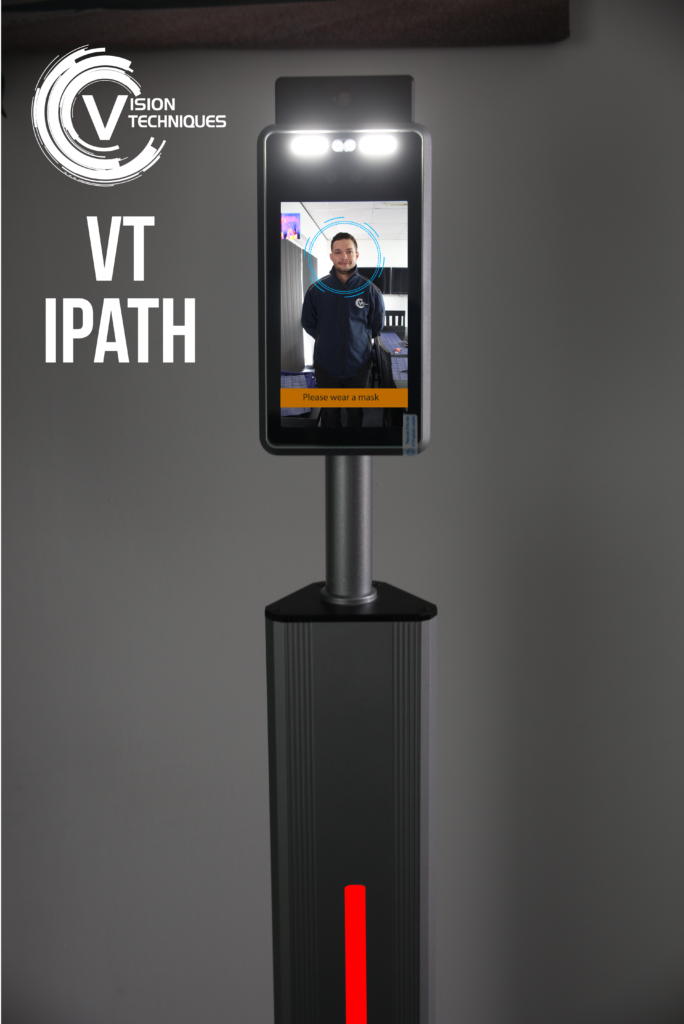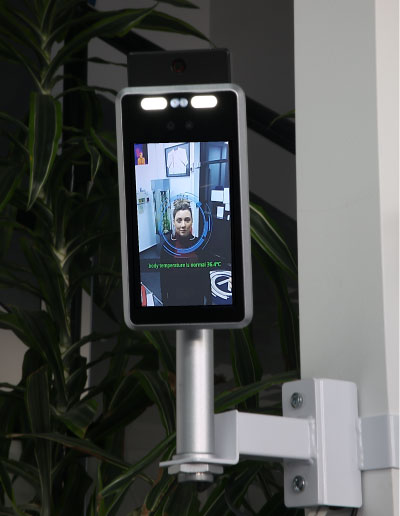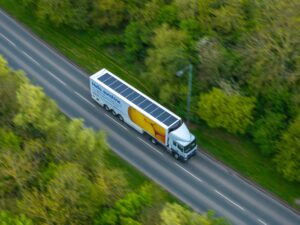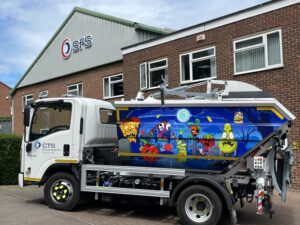Vision Techniques has launched a thermo detection and facial recognition system, called VT Ipath, to protect employees and the public during the pandemic.
As the current COVID-19 pandemic sweeps the globe and dramatically alters how we all go about our daily lives, governments and businesses are turning to advanced innovative technologies to limit the risk of contagion. UK Government guidelines state that if employees develop a new, continuous cough or have a 37.8 degrees Celsius temperature or above, they must self-isolate and get tested.
VT IPATH is a high-temperature alert system that identifies body temperatures associated with viruses and infections such as the existing COVID-19 virus, seasonal flu, common colds and many other transmittable disorders. VT IPATH detects and measures temperature and provides an accurate reading of a person’s body temperatures in real-time, records and notifies an abnormal temperature, and enables you to make quick and informed decisions to protect your employees’ visitors’ health.
Facial recognition
In addition to VT IPATH’s temperature monitoring ability, the system also provides clear identification, using facial recognition, enabling you to match individuals’ recorded data accurately. This functionality can also be used as an entry control system – alerting you to unauthorised personnel. The system works by alerting both the individuals directly and the system administrator if an abnormal body temperature is detected and by recording the captured data in the system’s back end for historical reporting.
The VT IPATH features a 7″ touch screen display, which runs the software interface and the fast and accurate detection registers identity in 0.5 seconds at a 99.9% accuracy rate.
The protection system can be used in a range of environments or applications, especially in areas where the management of people flow, traffic and security need to be monitored; especially on entry and exit points of buildings and work sites. Applications include offices, warehouses, factories, exhibitions, supermarkets and shops, health care environments, educational facilities, airports, train stations and bus stations.





